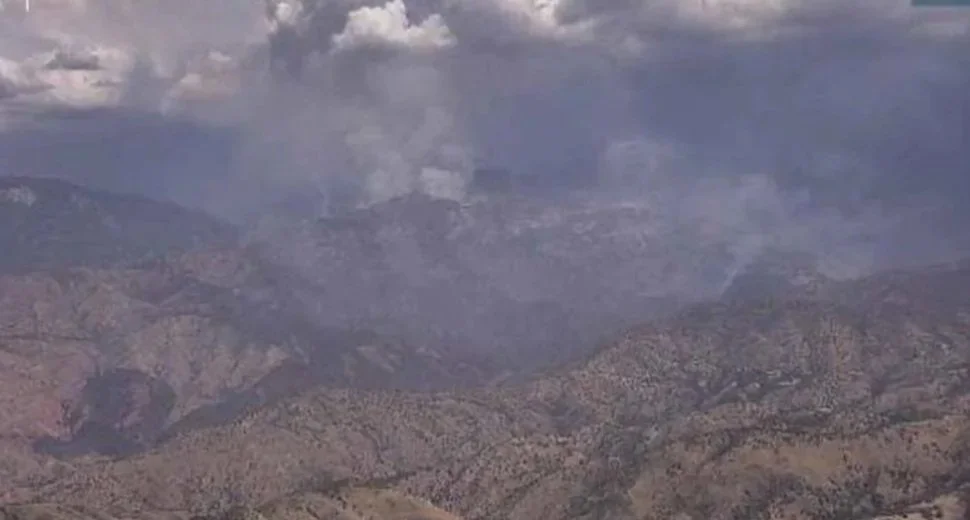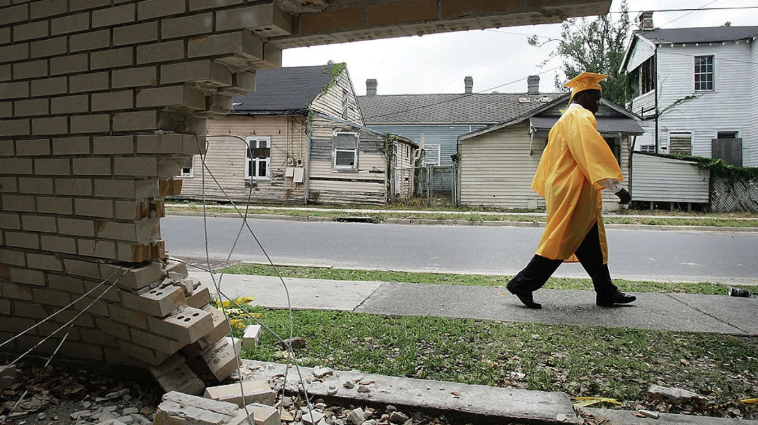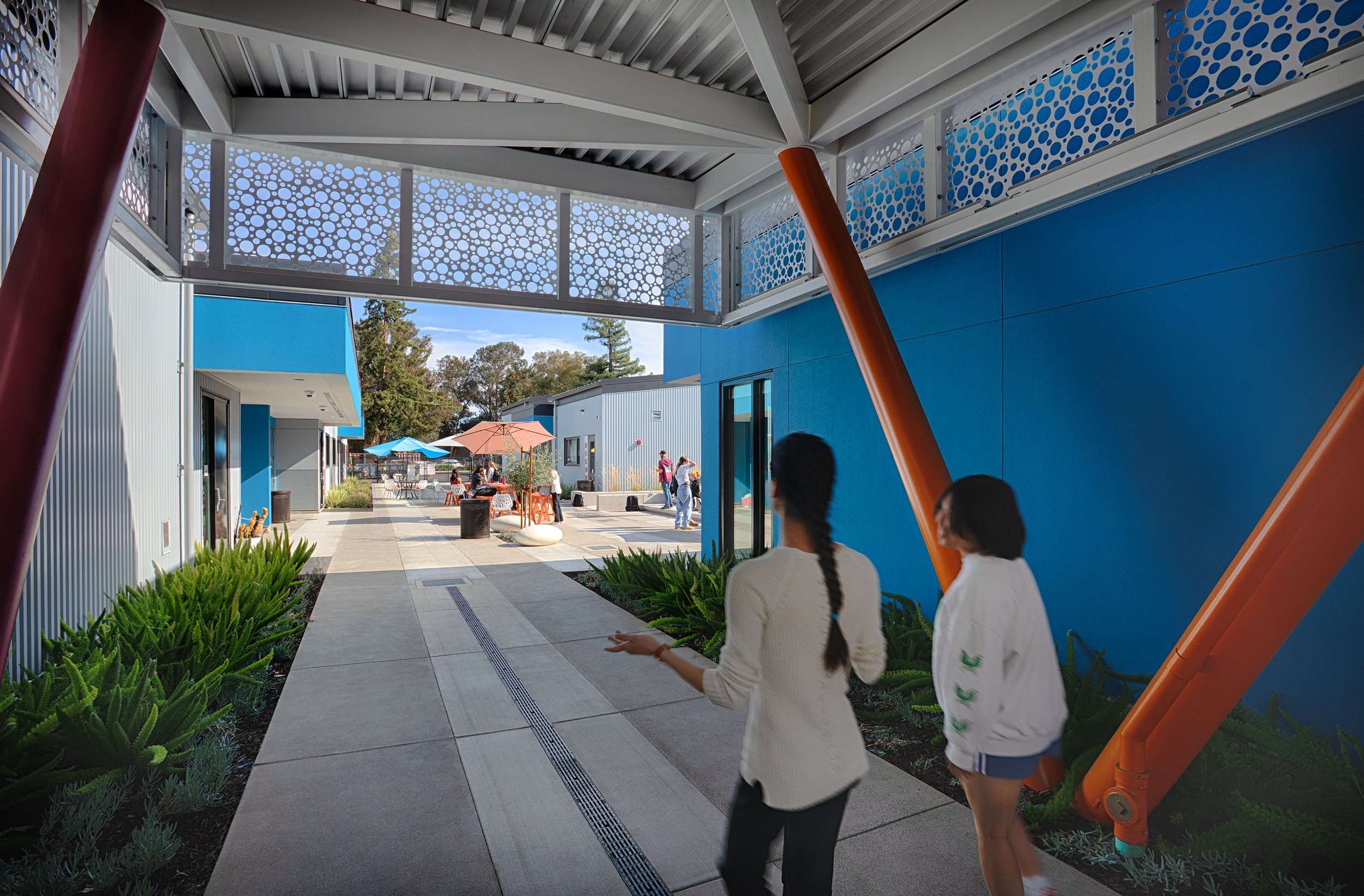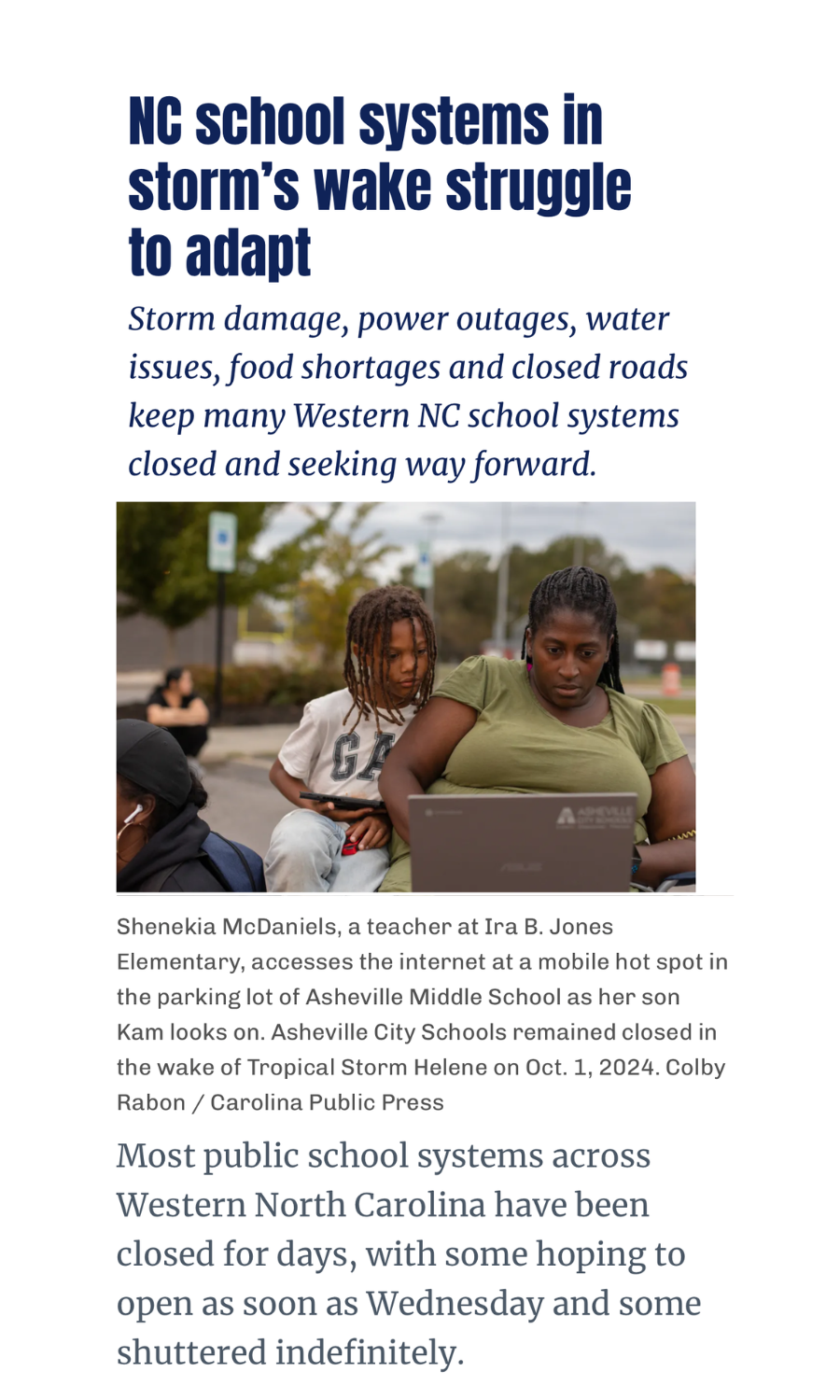
Extreme Weather, School Closures, and Lost Learning Time
Click on the map for articles about schools that have closed due to extreme weather. Note that this page is best viewed on a desktop rather than a mobile device.
What is included in this map?
This map shows school closures (cancellations, early releases, or delays) from 2021 to 2025 caused by extreme heat, extreme cold, flooding, wildfire and wildfire smoke, hurricanes, or other severe weather events that are reported on by news agencies or district communication channels.
What are the limitations of this map?
The data provides a partial view of school closures across the country since 2021. Not every closure has been or will be reflected in this database.
Have question or information on a closure?
This map will be updated throughout the 2025-2026 school year. If you have information to share about a school closure near you, please fill out this form.
Featured News
Explore additional local, state, and national stories covering extreme weather’s impact on students and schools.
Reach out to our team for more information on how extreme weather is affecting schools for your upcoming story at info@undauntedk12.org.
Research and Reports
The Impacts of the Los Angeles Wildfires on Students: Lessons for Schools Nationwide (EdTrust, UndauntedK12)
Education and Climate Change: Synthesizing the Evidence to Guide Future Research
(Annenberg Institute at Brown University)
Additional Resources
In the News
October 2022
August 2023
UndauntedK12 and the Federation of American Scientists spearheaded a collaboration of 23 organizations from across 12 states that called on the US Department of Education to help schools prepare for and respond to extreme heat. Recommendations included streamlining funding, enhancing research and data, and integrating heat resilience throughout education policies.
Want to get involved? Add your organization’s support here.
“A decade ago, school districts canceled schools for heat an average of three or four days per year.… That figure has about doubled, to six or seven days annually.”











































